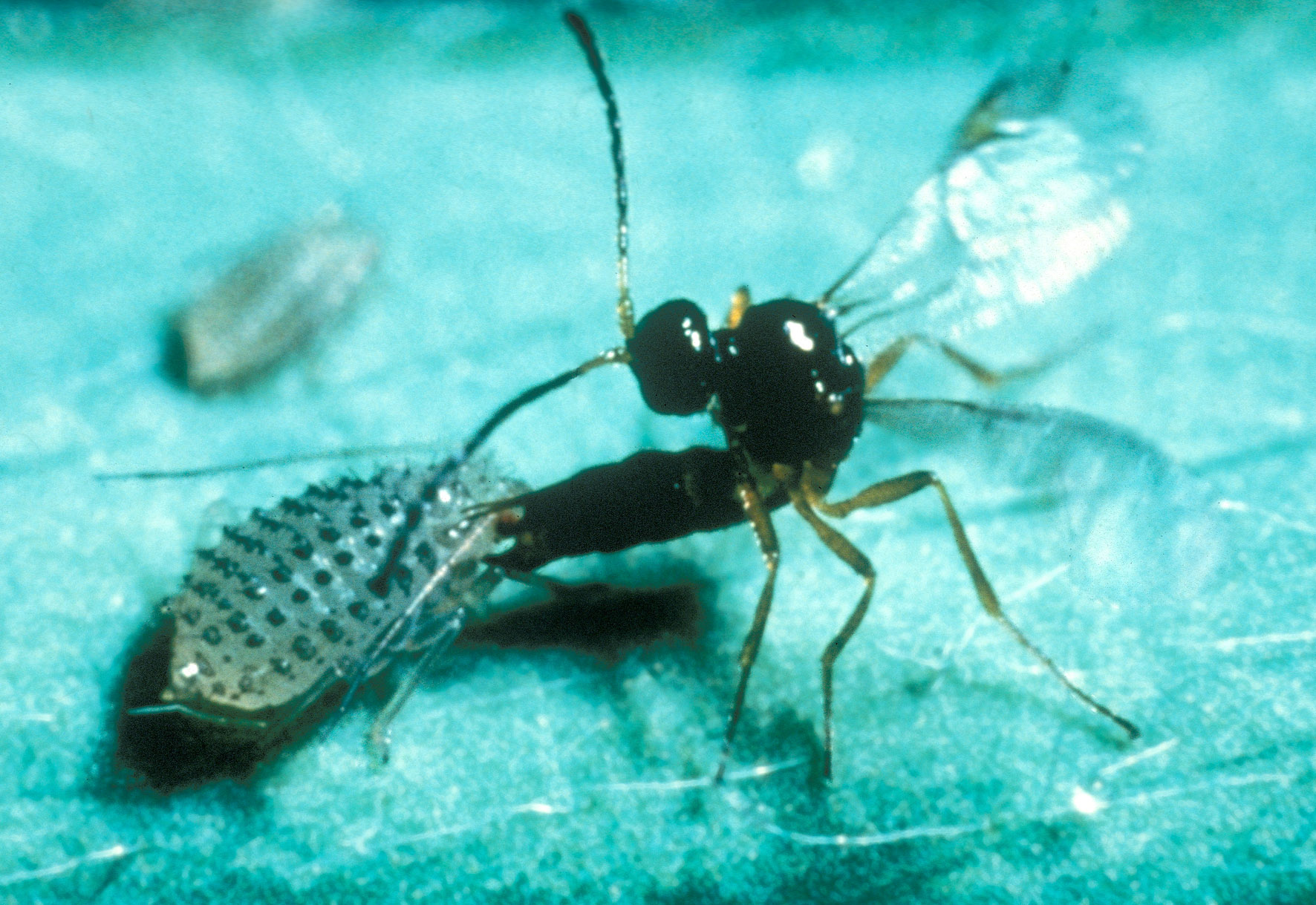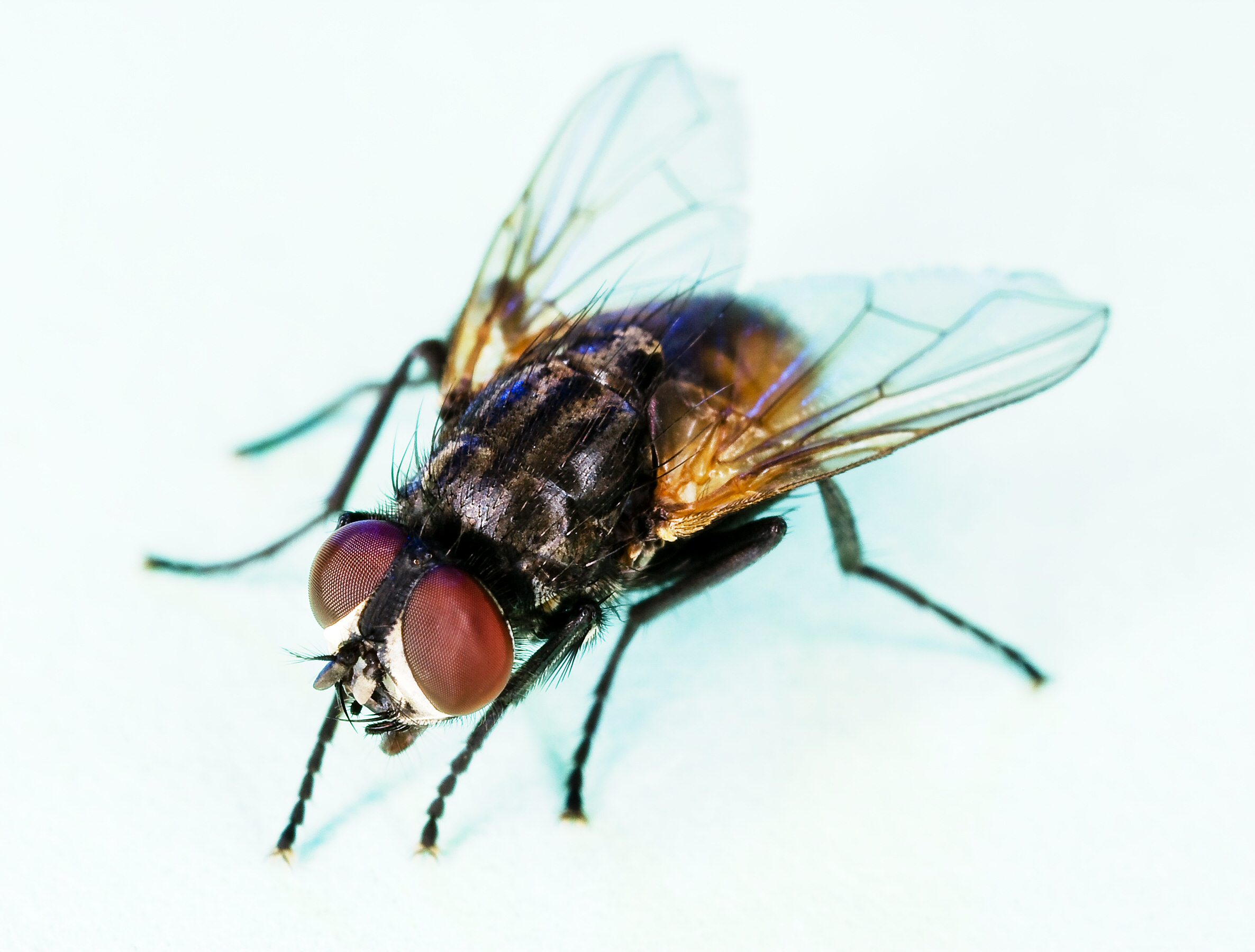|
Rileya
''Rileya'' is a genus of parasitoid hymenopteran named and described in 1888. It belongs to the Eurytomidae.Riley, C.V.; Ashmead, W.H.; Howard, L.O. (1894) Report upon the parasitic Hymenoptera of the island of St. Vincent., JOURBOOK: Journal of the Linnean Society (Zoology) VOLUME: 25 PAGES: 56-254 There are 27 species currently assigned to the genus. History and taxonomy The genus was named in 1888 by William Harris Ashmead as belonging to the EurytominaeAshmead, W.H. (1888). A revised generic table of the Euryrtominae, with descriptions of new species. Pt I. Entomol. Am. 4:41-43. and during the same year, the same genus was named ''Rileya'' by Howard (albeit Howard incorrectly described ''Rileya'' as part of the Chalcididae),Howard, L.O. (1888). The chalcid genus ''Rileya''. Canadian Entomology 20:191-195. although Ashmead (1888) takes priority since they were the first to describe the genus. In 1902, Friedrich von Huene Friedrich von Huene, born Friedrich Richard von Ho ... [...More Info...] [...Related Items...] OR: [Wikipedia] [Google] [Baidu] |
Rileyasuchus
''Rileyasuchus'' is a genus of phytosaur from the Rhaetian (Late Triassic) Magnesian Conglomerate of England. It has a confusing history, being associated with the taxonomy of ''Palaeosaurus'' and ''Thecodontosaurus'', and being a replacement name for a preoccupied genus (''Rileya'', which had already been used by Ashmead, and Howard both in 1888 for a hymenopteran).Howard, L.O. (1888). The chalcid genus ''Rileya''. Canadian Entomology 20:191-195.Ashmead, W.H. (1888). A revised generic table of the Euryrtominae, with descriptions of new species. Pt I. Entomol. Am. 4:41-43. History and taxonomy Friedrich von Huene named the new genus for two vertebrae and a humerus from deposits in Bristol.von Huene, F. (1902). Überischt über die Reptilien der Trias. ''Geologische und Paläontologie Abhandlungen, Neu Folge'' 8:97-156. erman/ref> He had recognized it as a phytosaur by 1908 (by which point a few ''Palaeosaurus'' species had been added to the genus).von Huene, F. (1908). On ph ... [...More Info...] [...Related Items...] OR: [Wikipedia] [Google] [Baidu] |
Eurytomidae
The Eurytomidae are a family within the superfamily Chalcidoidea. Unlike most chalcidoids, the larvae of many are phytophagous (feeding in stems, seeds, or galls), while others are more typical parasitoids, though even then the hosts are usually found within plant tissues. They are found throughout the world in virtually all habitats, and a few are considered pests. They tend to be dull and not metallic, and heavily punctured, with very thick, collar-like pronota. Taxa , Eurytomid genera include: Buresiinae Lotfalizadeh et al, 2007 * '' Buresium'' * '' Macrorileya'' Eurytominae * '' Aiolomorphus'' * '' Aranedra'' * '' Austrodecatoma'' * '' Ausystole'' * '' Axanthosoma'' * '' Axanthosomella'' * ''Axima'' * '' Aximopsis'' * '' Banyoma'' * '' Bephrata'' * '' Bephratelloides'' * '' Bephratoides'' * '' Bruchodape'' * '' Bruchophagus'' * '' Burksoma'' * '' Camponotophilus'' * '' Cathilaria'' * '' Chryseida'' * '' Chryseurytoma'' * '' Endobia'' * '' Eudoxi ... [...More Info...] [...Related Items...] OR: [Wikipedia] [Google] [Baidu] |
Phytosaur
Phytosaurs (Φυτόσαυροι in greek) are an extinct group of large, mostly semiaquatic Late Triassic archosauriform reptiles. Phytosaurs belong to the order Phytosauria. Phytosauria and Phytosauridae are often considered to be equivalent groupings containing the same species, but some studies have identified non-phytosaurid phytosaurians. Phytosaurs were long-snouted and heavily armoured, bearing a remarkable resemblance to modern crocodilians in size, appearance, and lifestyle, as an example of convergence or parallel evolution. The name "phytosaur" means "plant reptile", as the first fossils of phytosaurs were mistakenly thought to belong to plant eaters. The name is misleading because the sharp teeth in phytosaur jaws clearly show that they were predators. For many years, phytosaurs were considered to be the most basal group of Pseudosuchia (crocodile-line archosaurs), meaning that they were thought to be more closely related to the crocodilians than to birds (the other ... [...More Info...] [...Related Items...] OR: [Wikipedia] [Google] [Baidu] |
Genus
Genus ( plural genera ) is a taxonomic rank used in the biological classification of living and fossil organisms as well as viruses. In the hierarchy of biological classification, genus comes above species and below family. In binomial nomenclature, the genus name forms the first part of the binomial species name for each species within the genus. :E.g. '' Panthera leo'' (lion) and '' Panthera onca'' (jaguar) are two species within the genus ''Panthera''. ''Panthera'' is a genus within the family Felidae. The composition of a genus is determined by taxonomists. The standards for genus classification are not strictly codified, so different authorities often produce different classifications for genera. There are some general practices used, however, including the idea that a newly defined genus should fulfill these three criteria to be descriptively useful: # monophyly – all descendants of an ancestral taxon are grouped together (i.e. phylogenetic analysis should c ... [...More Info...] [...Related Items...] OR: [Wikipedia] [Google] [Baidu] |
Parasitoid
In evolutionary ecology, a parasitoid is an organism that lives in close association with its host (biology), host at the host's expense, eventually resulting in the death of the host. Parasitoidism is one of six major evolutionarily stable strategy, evolutionary strategies within parasitism, distinguished by the fatal prognosis for the host, which makes the strategy close to predation. Among parasitoids, strategies range from living inside the host (''endoparasitism''), allowing it to continue growing before emerging as an adult, to Paralysis, paralysing the host and living outside it (''ectoparasitism''). Hosts can include other parasitoids, resulting in hyperparasitism; in the case of oak galls, up to five levels of parasitism are possible. Some parasitoids Behavior-altering parasite, influence their host's behaviour in ways that favour the propagation of the parasitoid. Parasitoids are found in a variety of Taxon, taxa across the insect superorder Endopterygota, whose compl ... [...More Info...] [...Related Items...] OR: [Wikipedia] [Google] [Baidu] |
Hymenoptera
Hymenoptera is a large order of insects, comprising the sawflies, wasps, bees, and ants. Over 150,000 living species of Hymenoptera have been described, in addition to over 2,000 extinct ones. Many of the species are parasitic. Females typically have a special ovipositor for inserting eggs into hosts or places that are otherwise inaccessible. This ovipositor is often modified into a stinger. The young develop through holometabolism (complete metamorphosis)—that is, they have a wormlike larval stage and an inactive pupal stage before they mature. Etymology The name Hymenoptera refers to the wings of the insects, but the original derivation is ambiguous. All references agree that the derivation involves the Ancient Greek πτερόν (''pteron'') for wing. The Ancient Greek ὑμήν (''hymen'') for membrane provides a plausible etymology for the term because species in this order have membranous wings. However, a key characteristic of this order is that the hindwings are co ... [...More Info...] [...Related Items...] OR: [Wikipedia] [Google] [Baidu] |
William Harris Ashmead
William Harris Ashmead was an American entomologist born on 19 September 1855 at Philadelphia. He died 17 October 1908 at Washington D.C. After his studies in Philadelphia, Ashmead worked for the publisher J. B. Lippincott & Co. Later, he settled in Florida where he formed his own publishing house devoted to agriculture. He also launched the '' Florida Dispatch'', an agricultural weekly magazine which included a headed section devoted to injurious insects. In 1879, he began writing papers for scientific publications and, in 1887, he became a field entomologist working for the Ministry for the Agriculture of Florida. The following year, he became entomologist at the Agricultural Research station of Lake City. In 1889, he worked again for the Ministry for Agriculture. The following year, and for two years, he traveled, in particular to Germany, to perfect his entomological knowledge. In 1895, he obtained the post of conservation assistant in the Department of Entomology of the ... [...More Info...] [...Related Items...] OR: [Wikipedia] [Google] [Baidu] |
Chalcididae
The Chalcididae are a moderate-sized family within the Chalcidoidea, composed mostly of parasitoids and a few hyperparasitoids. The family is apparently polyphyletic, though the different subfamilies may each be monophyletic, and some may be elevated to family status in the near future. As presently defined, there are over 85 genera and over 1460 species worldwide. They are often black with yellow, red, or white markings, rarely brilliantly metallic, with a robust mesosoma The mesosoma is the middle part of the body, or tagma, of arthropods whose body is composed of three parts, the other two being the prosoma and the metasoma. It bears the legs, and, in the case of winged insects, the wings. In hymenopterans ... and very strong sculpturing. The hind femora are often greatly enlarged, with a row of teeth or serrations along the lower margin. One of the more remarkable uses of the muscular hind legs is the species ''Lasiochalcidia igiliensis'', which attacks the predato ... [...More Info...] [...Related Items...] OR: [Wikipedia] [Google] [Baidu] |
Friedrich Von Huene
Friedrich von Huene, born Friedrich Richard von Hoinigen, (March 22, 1875 – April 4, 1969) was a German paleontologist who renamed more dinosaurs in the early 20th century than anyone else in Europe. He also made key contributions about various Permo-Carboniferous limbed vertebrates. Biography Huene was born in Tübingen, Kingdom of Württemberg. His discoveries include the skeletons of more than 35 individuals of ''Plateosaurus'' in the famous Trossingen quarry, the early proto-dinosaur ''Saltopus'' in 1910, ''Proceratosaurus'' in 1926, the giant ''Antarctosaurus'' in 1929, and numerous other dinosaurs and fossilized animals like pterosaurs. He also was the first to naming several higher taxa, including Prosauropoda and Sauropodomorpha. In 1941 he found a stone that had petrified wood in it, sadly, He thought that it was a dinosaur. However a couple Polish paleontologists. The “dinosaur” was called the Succinodon He visited the Geopark of Paleorrota in 1928, and the ... [...More Info...] [...Related Items...] OR: [Wikipedia] [Google] [Baidu] |
Oskar Kuhn
Oskar Kuhn (7 March 1908, Munich – 1990) was a German palaeontologist. Life and career Kuhn was educated in Dinkelsbühl and Bamberg and then studied natural science, specialising in geology and paleontology, at the University of Munich, from which he received his D. Phil. in 1932. He worked in the University of Munich Geological Institute, among other things on the ''Fossilium Catalogus'' (Catalogue of Fossils), and then in 1938 on a stipend from the Deutsche Forschungsgemeinschaft, moved to the University of Halle, where he worked on the Geiseltal fossils. In 1939 he achieved his Habilitation with a thesis on the Halberstadt Keuper fauna, and in 1940 was named Privatdozent in geology and paleontology. Informed by his Catholic religion, Kuhn was an exponent of idealistic morphology: he viewed evolution as operating only within predetermined morphological classes. In 1943 he declared, "The theory of descent has collapsed." After a political conflict with his mentor, Johann ... [...More Info...] [...Related Items...] OR: [Wikipedia] [Google] [Baidu] |





